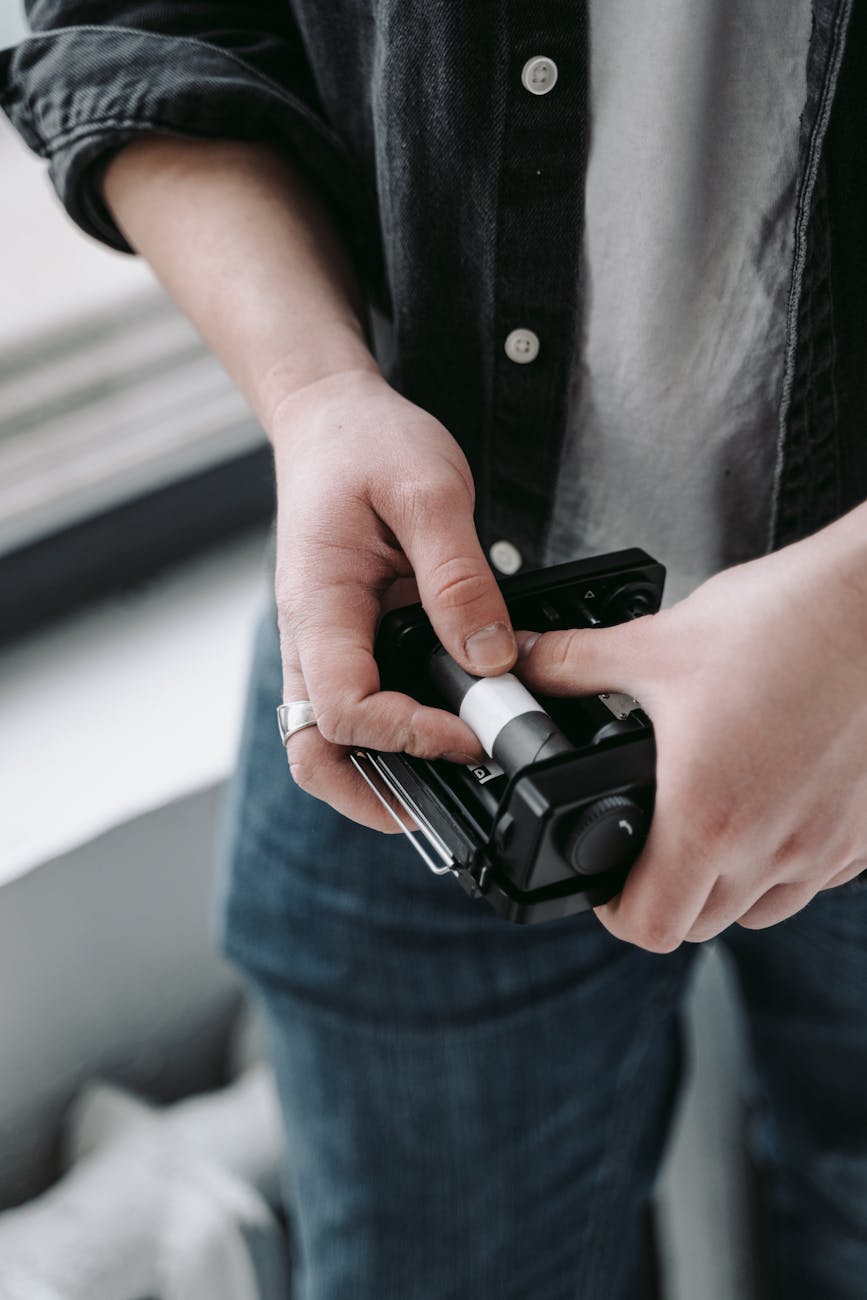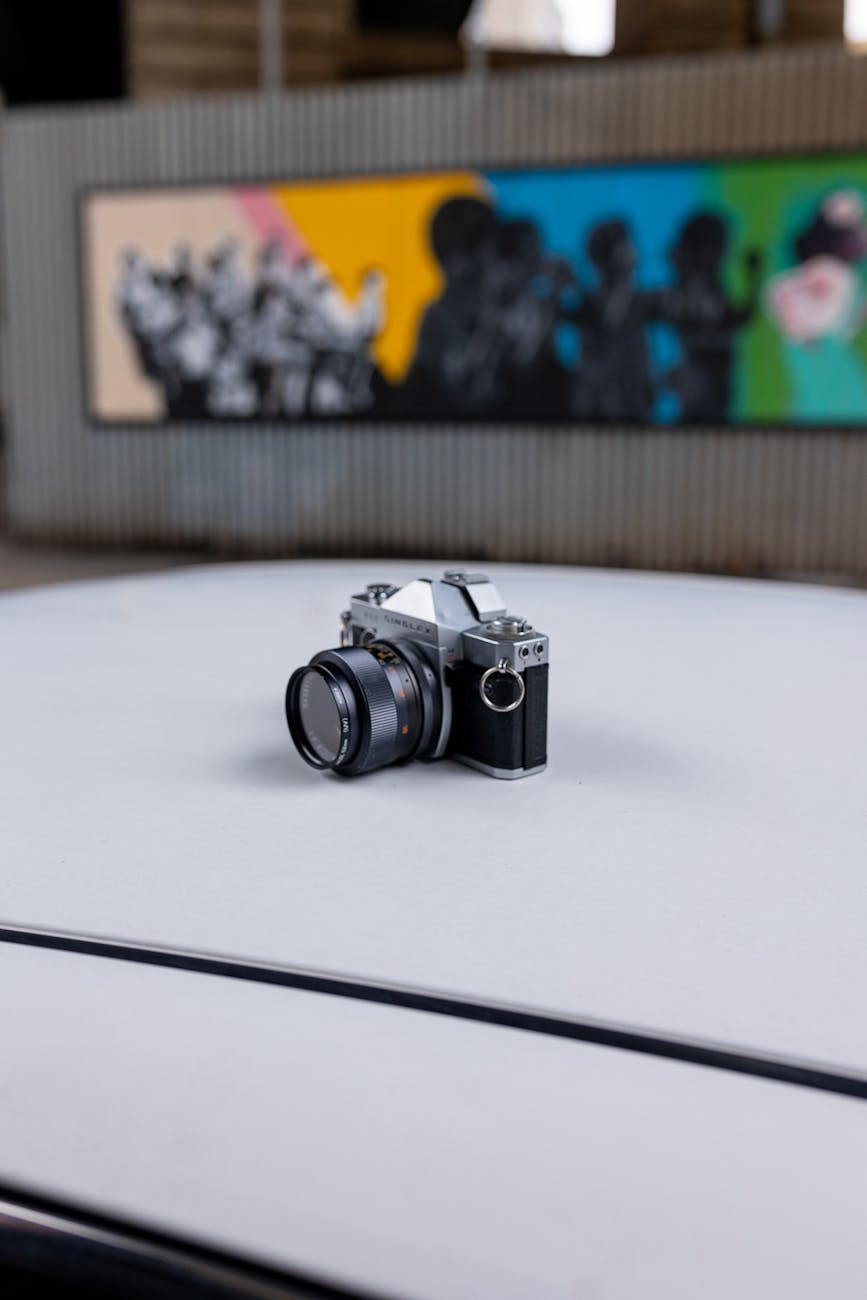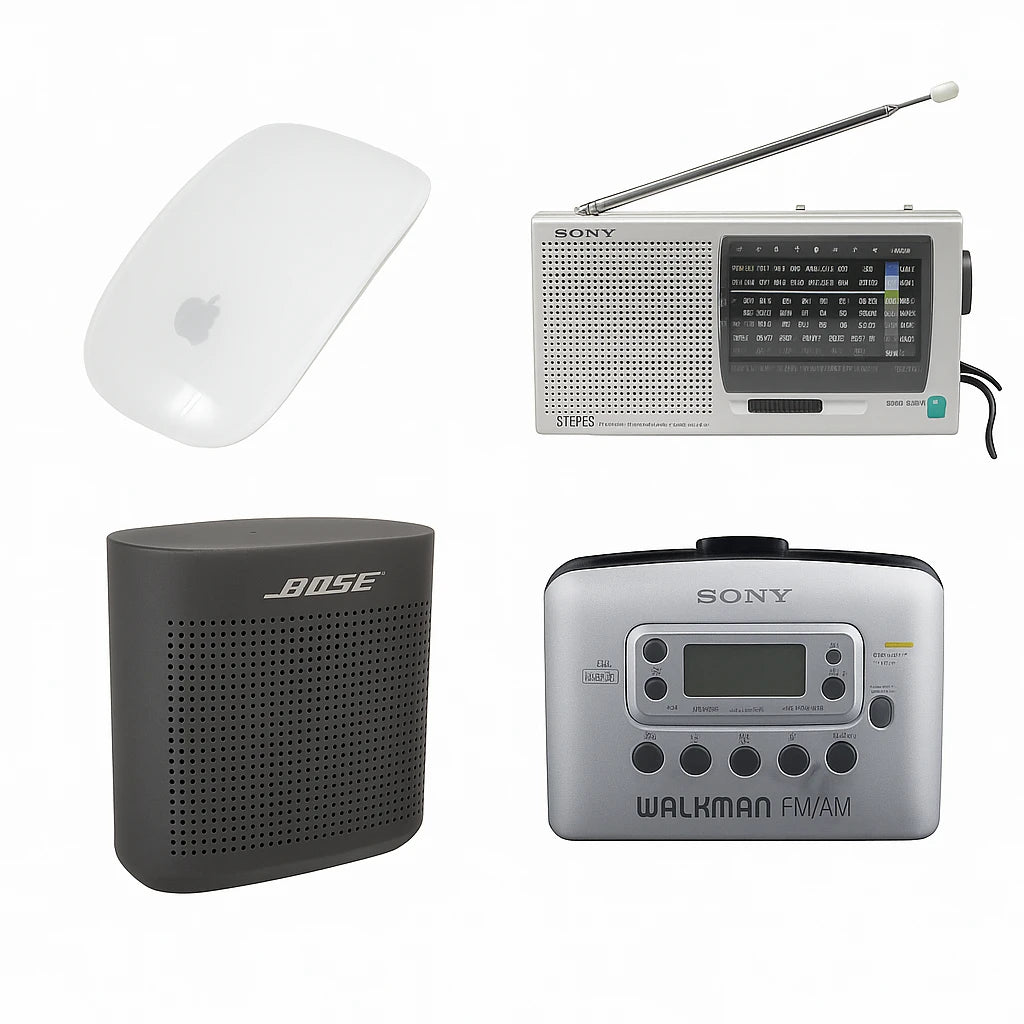
Conradh AF-1 Olympus
Cad a gheobhaidh tú: comhoibriú ar conas a rinne an AF-1 Olympus stair sna 1980idí.
Seoladh i 1986, tá an Olympus AF-1 ag cur an teideal ar an gcéad cheamara comhoibritheach, uisce-dhíonach go hiomlán ar domhan. Tugtar “Nurepika” air sa tSeapáin, léirigh sé comhoibriú idir laige agus éascaíocht úsáide, ag tabhairt isteach ré nua de scannán a thógáil gan stró. D'éirigh leis a bheith ar cheann de na P ceamaraí is fearr le daoine sa raon Olympus agus d'oscail sé an bealach do mhúnlaí a chuaigh ar aghaidh le fealsúnacht scannánaíochta shocair na 1990idí.
Cuimhním fós ar an am a fuair mé ceamara point-and-shoot dusty i dteach mo sheanathar agus mo sheanmháthair. Ag sleamhnú rolla nua de scannán 35mm isteach agus ag éisteacht le cloc na scaoilte a thug muinín dom, d'oscail sé mo shúile don áilleacht atá i gcur i láthair scannán—tá cuid de na chéad frámaí neamhfoirfe sin fós i measc mo chuid is fearr inniu.

Príomhghnéithe an Olympus AF-1
Cad a gheobhaidh tú: forbhreathnú ar shonraí suntasacha agus buntáistí inúsáidteachta.
Lens agus Optics
Soláthraíonn an lionsa 35mm f/2.8 Zuiko géar agus comhoiriúnacht go maith thar a bhfuil a lán ag súil leis ó phointe agus shoot tomhaltóra. Déanann a aperture tapa é iontaofa i solas measctha.
Autofocus agus Flash
Úsáideann an AF-1 córas autofocus infridhearg gníomhach—tapa agus cruinn go leor do snaps sráide neamhfhoirmiúla. Tá flash uathoibríoch comhoiriúnach aige freisin a gníomhachtar i suíomhanna dorcha, cé go gcuireann shooters níos forbartha de ghnáth é as oifig le haghaidh radharcanna nádúrtha íseal-solais.
Inneacht
Bhí a

Conas a oibríonn an Olympus AF-1 i 2025
Cad a gheobhaidh tú: cúiseanna go bhfuil an comhoibriú 1980í seo fós úr inniu.
Fanann an AF-1 tarraingteach mar uirlis phóca, gan nonsense. Do na scannánóirí gnáth agus na lucht leanúna scannán, cothromaíonn sé charm seandála le feidhm iontaofa. Le suim culta ag ardú i gcomhoibrithe scannán, leanann an Olympus AF-1 ar aghaidh mar rogha inacmhainne i gcomparáid le samhlacha atá tiomáinte ag treochtaí.

Bealaí Cruthaitheacha le hÚsáid ar an AF-1
Cad a gheobhaidh tú: spreagadh do ghríosaí laethúla agus ealaíne le hOlympus AF-1.
Sráid agus Taistil
Ceadaíonn a fhoirm neamhionradh duit dul i dtaithí ar an gcúlra, foirfe do radharcanna sráide nó laethanta taistil. Cibé an bhfuil tú ag siúl ar shráid chaoch, báistí nó ag gafa le nóiméid gasta le do chairde, tá an AF-1 i gcónaí ar láimh.
Experiments Film
Ag comhoibriú leis na stocanna film neamhghnácha—redscale, film a bhfuil a dáta éagaite, nó stocanna ard-gráin—tugann sé tionchar nua ar shiúlóid gnáth. Fágann an simplíocht spás do rogha film chun do fhís chruthaitheach a chruthú.

Ag Ceannach an Olympus AF-1 Ar Feadh
Cad a gheobhaidh tú: comhairle praiticiúil sula gceannaíonn tú an ceamara seo ar feadh.
Tá an AF-1 coitianta ar an margadh dara láimhe, ach tá cáilíocht éagsúil. Bí cinnte na codanna gluaiseachta a thástáil agus na comhoibrithe ceallraí a scrúdú go dlúth.
- ✅ Oibríonn an shutter go réidh
- ✅ Freagraíonn an mótar autofócas
- ✅ Lasann an flash go ceart
- ✅ Níl creimeadh sa chomhoibriú ceallraí
- ✅ Tá an lionsa glan ó dhóthain nó fungas
Comhairle Praiticiúil maidir le Fotheagaisc
Cad a gheobhaidh tú: cleasanna fotheagaisc chun torthaí a uasmhéadú le do AF-1.
Loaigh é le scannán dath ISO 400 le haghaidh solúbthachta i solas lae agus solas íseal. Má tá tú míshásta le flash uathoibríoch, is réiteach coitianta é an fhuinneog flash a chlúdach le páipéar washi. Cuireann tástáil ar scannáin dhonn & bán C-41 freisin éascaíocht ar fáil maidir le saotharlanna a fháil. Ar deireadh, glac le scannán do na diúltachtaí ionas go mbeidh do ghréasáin analógacha ag comhoibriú go réidh le cultúr roinnte digiteach na linne inniu.
Conclúidí Deiridh ar an Olympus AF-1
Cad a gheobhaidh tú: achoimre ar tharraingt shíoraí an AF-1.
Is comhoibriú iontaofa, spraíúil, agus lán le nostalga é an Olympus AF-1—foirfe do dhaoine a bhfuil grá acu do shaoire. Leis an dearadh inrochtana agus an praghas inacmhainne, tá sé fós ar cheann de na pointí iontrála is fearr isteach i gcur i bhfeidhm scannán, ag gealladh torthaí simplí ach carachtarúil.
Cinntí tapa
- Roghnaigh AF-1 le haghaidh shooter laethúil láidir, le stíl rétair.<
- Foirmiúil má tá tú ag iarraidh ceamara scannán tosaithe gan deacrachtaí.
- Comhoiriúnacht mhaith mar chúlchiste do shooters scannán tiomnaithe.
- Ceannaigh ar an dara láimh ach amháin tar éis duit feidhmeanna bunúsacha a dhearbhú.
Sochair
- Lens géar Zuiko
- Struchtúr frith-aimsir
- Oibriú atá cairdiúil do thosaitheoirí
- Méid comhoiriúnach
Lochtanna
- Rialú láimhe teoranta
- Ag brath ar chomhpháirteanna leictreonacha
- Ní féidir an solas a dhíghníomhachtú go hiomlán laistigh
Ceisteanna Coitianta
An bhfuil an Olympus AF-1 uiscedhíonach? Ní hea, tá sé frith-splash—oiriúnach do drizzling nó stóráil dhíreach, ach ní féidir é a chur faoi uisce.
Cad é an cineál scannáin a úsáideann an Olympus AF-1? Scannán caighdeánach 35mm, le ISO socraithe trí chód DX, comhoiriúnach le scannáin nua-aimseartha.
Cad é an ceallraí a theastaíonn ó Olympus AF-1? Ceallraí litiam 2CR5, atá fós ar fáil go forleathan.
An bhfuil an Olympus AF-1 oiriúnach do thosaitheoirí? Sea, is é an rud atá ann go hiomlán—lódáil scannán, díriú, agus cliceáil.
Gafa cuimhní scannáin—féach ar na Olympus comhoibrithe atá ar fáil anois.
Féach ar na ceamaraí C le haghaidh áisiúlachta digiteach, nó fan le charm scannáin inár stoc Olympus úsáidte.










0 tuairimí